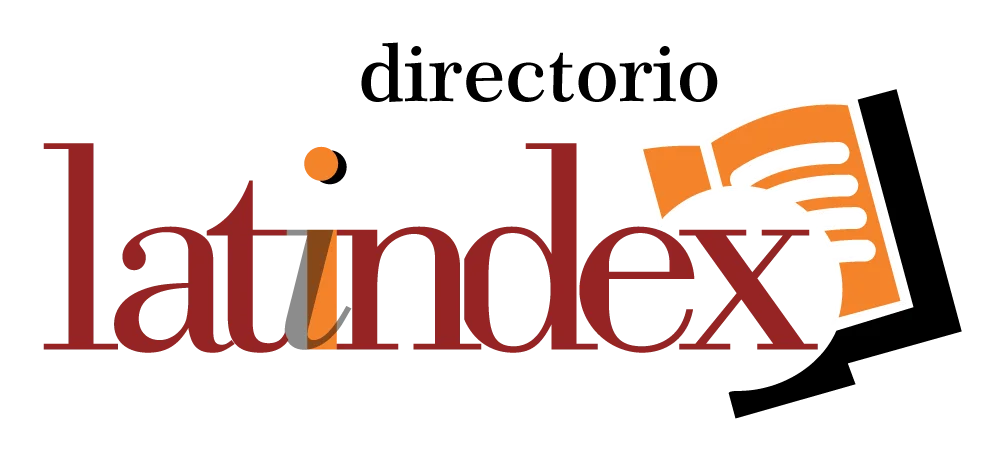Physiological impact of breathing on health and stress level
DOI:
https://doi.org/10.56294/ri202346Keywords:
Breathing Pattern, Physiology, Breathing, Stress, Meditation, Heart Rate MonitorAbstract
Introduction: there are numerous publications comparing the results, of a group of people who practice a particular type of meditation for a certain period of time, called the evaluation group, with another group of people who do not meditate, commonly referred to as the control group, and statistics such as confidence intervals, "p" value, etc. are presented. On the impact of meditation on stress. While this work has had a great impact on a large number of people, there is still considerable disbelief, particularly in the academic and scientific world.
Methods: a prototype heart rate recorder was built using an Arduino UNO board and an AD8232 Heart Rate Monitor, which uses the ECG principle for its operation. An algorithm was implemented for the detection and calculation of RR time intervals, based on the analog signal coming from the AD8232 sensor.
Results: the frequency of the respiratory signal is higher than the frequency of the cardiac signal, in statistical terms, they are not correlated (correlation close to 0), while, on the right side, the frequencies of the two signals are similar (statistically, the correlation is close to 1), and in this case, it is said that the person acquires "cardiac coherence", or "coherent state". The 5-5 breathing pattern does not necessarily lead to this result. In addition to the breathing pattern used, the correlation between the respiratory and cardiac signal depends on other factors, related to the state of health and the level of stress.
Conclusions: from the understanding of the benefits achieved by adopting a particular breathing pattern, the reader is motivated to experience the transformative potential that this technique can have on his or her own organism. The aim is to encourage one's own experience of the effectiveness of these techniques and, in turn, to awaken interest in exploring deeper physiological changes that can be achieved through more advanced meditation practices, which can have a significant impact on health and stress management.
References
1. Wisner BL. The Impact of Meditation as a Cognitive-Behavioral Practice for Alternative High School Students [dissertation]. The University of Texas at Austin; 2008.
2. Thayer JF, Ahs F, Fredrikson M, Sollers JJ 3rd, Wager TD. A metaanalysis of heart rate variability and neuroimaging studies: implications for heart rate variability as a marker of stress and health. Neurosci Biobehav Rev. 2012;36:747-756. DOI: https://doi.org/10.1016/j.neubiorev.2011.11.009
3. Mc Craty R. Exploring the Role of the Heart in Human Performance. Science of the heart, Volume 2. HeartMath Institute; 2015.
4. Mathworks. Simulink [Computer software]. Available from: https://la.mathworks.com/products/simulink.html
5. HeartMath Institute [Internet]. 1991 [cited 2023 Jun 25]. Available from: https://www.heartmath.com/science/
6. Guyton A, Hall J. Tratado de Fisiología Médica. 12a ed. Elsevier; 2011.
7. Nardelli M, Valenza G, Greco A, et al. Quantifying the lagged Poincaré plot geometry of ultrashort heart rate variability series: automatic recognition of odor hedonic tone. Med Biol Eng Comput. 2020;58:1099-1112. DOI: https://doi.org/10.1007/s11517-019-02095-7
8. Ciccone AB, Siedlik JA, Wecht JM, Deckert JA, Nguyen ND, Weir JP. Reminder: RMSSD and SD1 are identical heart rate variability metrics. Muscle Nerve. 2017;56(4):674-678. DOI: https://doi.org/10.1002/mus.25573
9. Guzik P, Piskorski J, Krauze T, Schneider R, Wesseling KH, Wykretowicz A, Wysocki H. Correlations between the Poincaré plot and conventional heart rate variability parameters assessed during paced breathing. J Physiol Sci. 2007;57(1):63-71. DOI: https://doi.org/10.2170/physiolsci.RP005506
10. Roy B, Ghatak S. Nonlinear methods to assess changes in heart rate variability in type 2 diabetic patients. Arq Bras Cardiol. 2013;101(4):317-327. DOI: https://doi.org/10.5935/abc.20130181
11. Kim HG, Cheon EJ, Bai DS, Lee YH, Koo BH. Stress and Heart Rate Variability: A Meta-Analysis and Review of the Literature. Psychiatry Investig. 2018;15(3):235-245. DOI: https://doi.org/10.30773/pi.2017.08.17
12. Henriques T, Ribeiro M, Teixeira A, Castro L, Antunes L, Costa-Santos C. Nonlinear Methods Most Applied to Heart-Rate Time Series. A Review. Entropy. 2020;22(3):309.
13. Audelo E, Beristain F, Vazquez C. Nuevos Patrones de Reconocimiento Visual en el Ciclo Cardiaco. Información tecnológica. 2007;18(6). DOI: https://doi.org/10.4067/S0718-07642007000600007
14. DUMSCO, Inc. StressScan: heart rate monitor (1.2.9.5) [Mobile application]. Google Play. Available from: https://play.google.com/store/apps/details?id=com.dumsco.stressscan
15. Lutz A, Brefczynski-Lewis J, Johnstone T, Davidson RJ. Regulation of the Neural Circuitry of Emotion by Compassion Meditation: Effects of Meditative Expertise. PLoS ONE. 2008;3(3):e1897. DOI: https://doi.org/10.1371/journal.pone.0001897
16. Henriques T, Ribeiro M, Teixeira A, Castro L, Antunes L, Costa-Santos C. Nonlinear Methods Most Applied to Heart-Rate Time Series. A Review. Entropy. 2020;22(3):309. DOI: https://doi.org/10.3390/e22030309
Downloads
Published
Issue
Section
License
Copyright (c) 2023 Dario R. Carestia, Andres F. Beltran, Francisco Cerdera, Marta L. Sanchez, Francisco Ibáñez (Author)

This work is licensed under a Creative Commons Attribution 4.0 International License.
The article is distributed under the Creative Commons Attribution 4.0 License. Unless otherwise stated, associated published material is distributed under the same licence.





